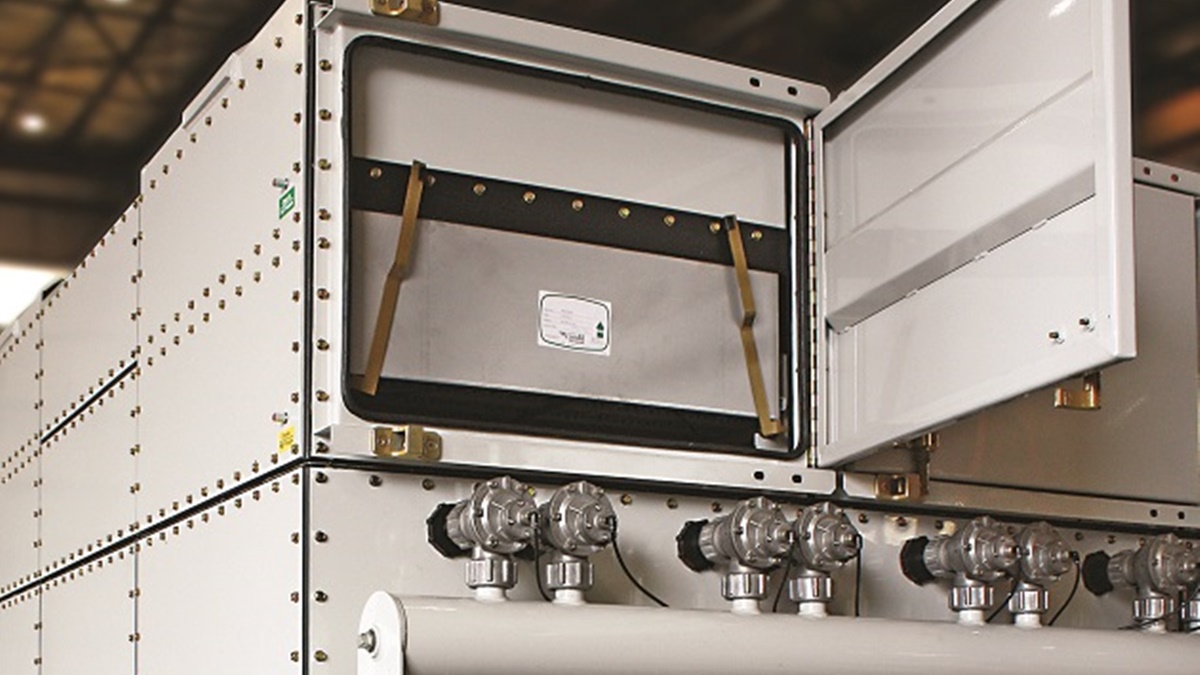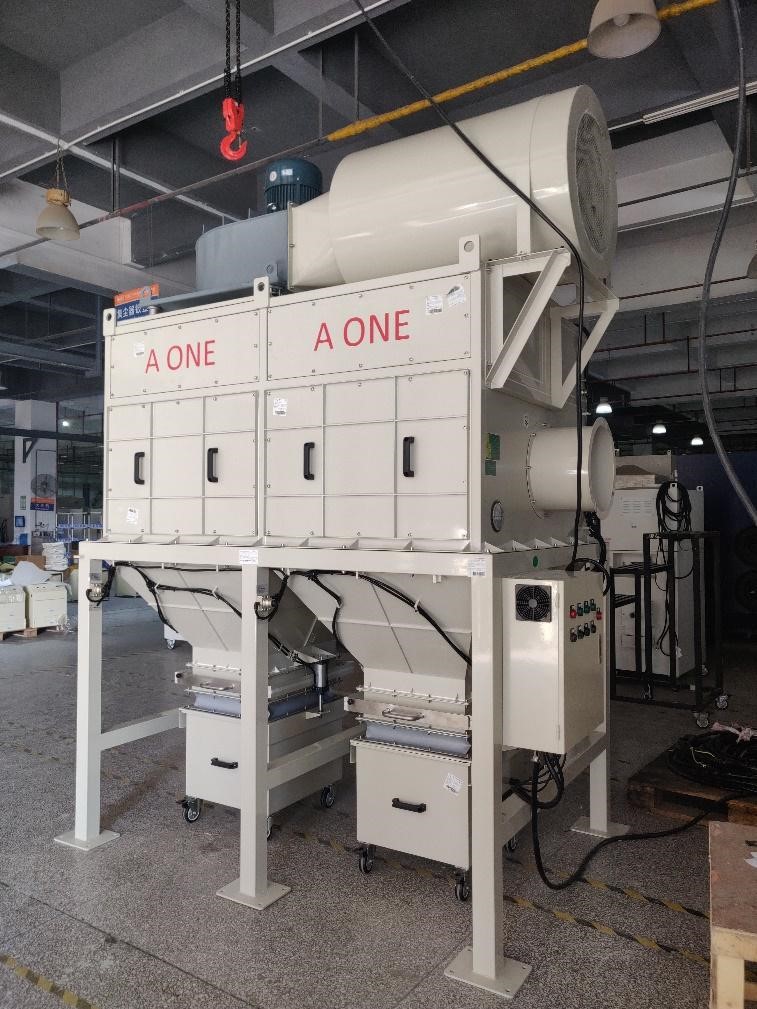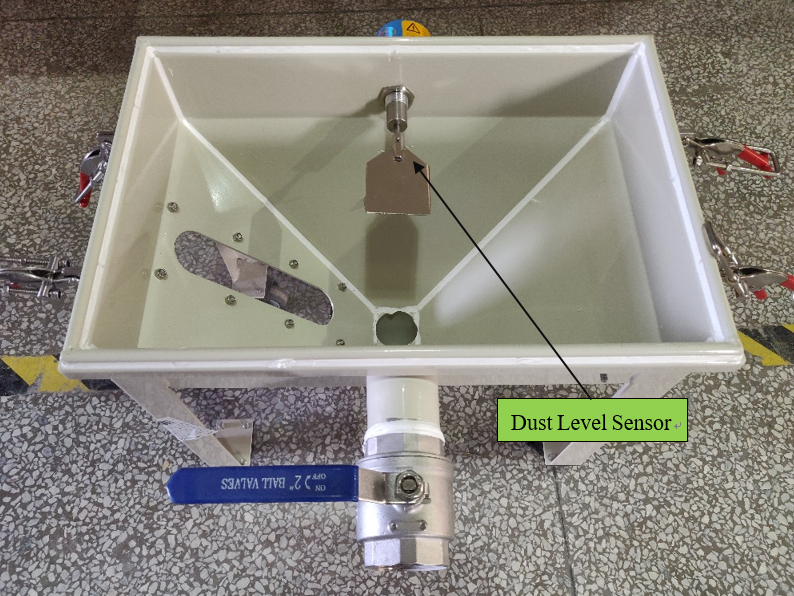
Choosing the best industrial vacuum cleaner for fine dust can remove dust better, but the maintenance of the industrial dust vacuum cleaner is also very important. The regular maintenance of industrial dust vacuum cleaner is necessary to ensure the reliable and efficient operation of the device. These devices are designed to extract and filter the airborne dust particulate from the surrounding environment. When the industrial dust vacuum cleaners are properly designed and maintained, they can surpass 99.9% of filtration efficiency.
Even the best industrial vacuum cleaner for fine dust needs frequent maintenance. A few routine maintenance procedures can help to ensure the optimal performance and stable operation of the industrial dust vacuum cleaner for a prolonged period. Here are few suggestions to make sure that the equipment is properly maintained.

Table of Contents
1. Check the Differential Pressure Regularly
Differential pressure is the most basic parameter to check the health and performance of an industrial dust vacuum cleaner. It is the pressure difference between the dirty and clean air sides. A high differential pressure means that the filters are creating lots of resistance and a sudden drop in its value indicates that the filter is damaged or the gasket has leakage. Generally, the filter should be replaced when the differential pressure reaches the Airflow valve or 4.8̎ – 6.0̎ WG.
2. Check the Hoppers
The hoppers should be used as temporary collection equipment and should not be used as a storage device. The dust overflow in hoppers can cause damage to the industrial dust vacuum cleaner’s filters and much worse, it can lead to serious accidents when the dust is combustible. Therefore, dust hoppers should be emptied regularly.
Installing a dust level sensor can help to monitor the dust overflow.

3. Inspect Filter Media
Filter media inspection is necessary to ensure the optimal performance of industrial dust vacuum cleaner. Generally, the filters should be replaced when they are fully saturated. The only way to ensure that the filter is fully saturated is by measuring the differential pressure using a differential pressure gauge. The maximum pressure drop across the filter element may vary depending upon the constructor but generally it lies in the range of 4.8̎ – 6.0̎ WG. At this stage, the filter is fully saturated and the pulse blowback system cannot fully clean the filters, thus the filter should be replaced.
4. Check the Valves and the Hoses
The solenoid or diaphragm valves control the pulses that clean the filters in pulse-jet type industrial dust collectors. Proper maintenance of these valves ensures the effectiveness and efficiency of the pulse cleaning system. Damage or leakage in these valves can lead to a huge loss of compressed air which would ultimately lead to inefficient pulse cleaning.
These valves should be properly checked after regular intervals. Make sure that when the pulse cleaning begins, the valves start at the same time. Also make sure that the valves open all the way and close all the way. Check the hoses for leaks and damages.
5. Examine Seals and Gaskets
Doors of industrial dust vacuum cleaners have seals around the edges that keep the system airtight and prevent the outward flow of dust and air. These gaskets often become cracked or worn out and as a result the door would not seal properly. Ultimately, the air containing dust would escape through these leakages and it will also allow the air to be pulled back to the dust collector. The gaskets should be inspected regularly for damages and should be replaced.
6. Check Exhaust Fans
Fans are the fundamental component in a dust collection system. They provide a motive force that helps to extract the air containing dust into a dust collection system. Make sure that the fan is working under the prescribed conditions. Any unusual vibrations, noise or excessive amp draw should be immediately checked by the dust collection solution provider.
This is not a consolidated list but it can steer you in the right direction to proceed with the maintenance work on your dust collector. Each piece of equipment and application is dissimilar, and each has its unique components and functions. But these basic procedures can help you monitor and maintain your dust collector’s heath, as well as prevent shutdowns due to inefficiencies, prolong filter life and prevent costly fines.
Like any other industrial equipment, an industrial dust vacuum cleaner also requires routine maintenance. It can also help to identify the problem. VILLO is one of the most responsible industrial vacuum cleaner suppliers. VILLO’s industrial dust vacuum cleaner technical personnel can perform routine maintenance on any brand of an industrial dust collector. Among many industrial vacuum cleaner suppliers, VILLO provides befitting solution for any kind of industrial dust. If you have questions regarding maintaining your dust collector, contact us today.